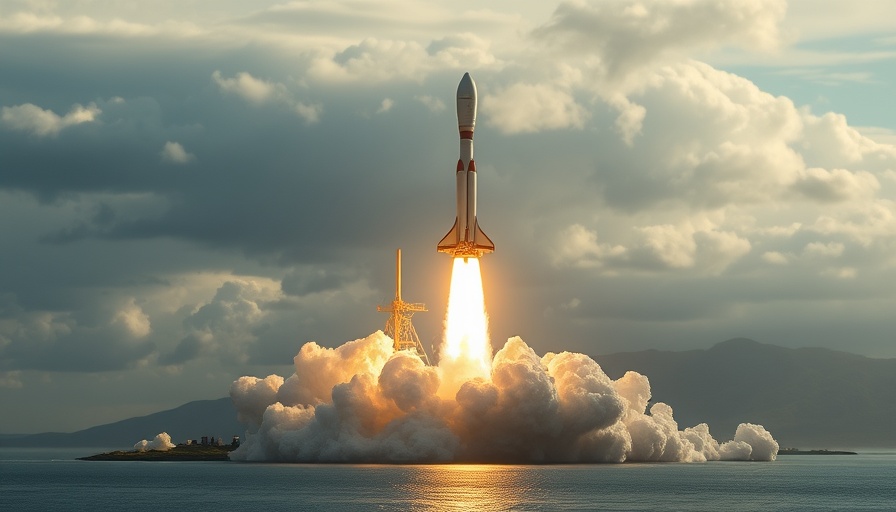
SpaceX's Bold New Direction: Emphasizing Resilience Over Perfection
In an era where technology is redefining boundaries, SpaceX has taken a groundbreaking approach with the recent Starship Flight 10. This event showcases a pivotal shift in focus from achieving flawless execution to fostering fault tolerance. As SpaceX marches closer to realizing its vision of making life multiplanetary, the emphasis on resilience is a game changer.
The Importance of Resilience in Space Travel
Resilience in space technology is paramount. The challenges of space are unpredictable, and a single malfunction can derail years of planning and investment. SpaceX's engineers deliberately introduced faults during the test to collect vital data on how much damage the Starship can endure during its atmospheric re-entry. This reflects a significant industry trend where testing accepts failure not as a setback but as an integral component of learning. Elon Musk understands that ensuring safety through resilience is crucial, citing the Space Shuttle Columbia disaster as a sharp reminder of the costs of overlooking vulnerabilities.
The Innovations Behind Starship Flight 10
Starship's 10th flight wasn't merely another test flight; it was an experimental journey designed to push the rocket's limits. Significant innovations, including a newly developed heat shield system comprised of advanced ceramic and metallic tiles, were central to the mission. These enhancements not only aim to improve reusability but also enhance the ship's capacity to endure extreme conditions. By focusing on these improvements, SpaceX stands at the forefront of aerospace innovation, setting standards for safety while driving the industry towards a new era of space exploration.
Potential Future Impacts on the Space Industry
The insights gained from Flight 10 could dramatically reshape strategies across the tech and aerospace sectors. As the tech industry leans heavily into sustainable and cost-effective practices, SpaceX's methodology may inspire other organizations to adopt similar strategies. Learning how to operate under adverse conditions without catastrophic results will likely influence designs and protocols in healthcare, finance, and other tech-driven fields. This disruption could lead to enhanced performance and risk management strategies in diverse areas beyond aerospace.
Creating a Culture of Experimentation and Learning
SpaceX's commitment to intentional testing provides a refreshing perspective on the culture of innovation. The shift towards testing boundaries rather than clawing for perfection encourages a mindset where experimentation is celebrated. For professionals in tech and beyond, the message is clear: nurturing a culture that embraces risk and views failure as a teacher can spark significant innovation. This approach aligns with broader trends across industries where organizations are increasingly seeking to cultivate agility and responsiveness through calculated risks.
Conclusion: Lessons for Professionals in Tech-Driven Industries
As SpaceX continues to push the envelope with its innovative approaches, professionals across tech-driven industries can draw vital lessons. Understanding the importance of resilience in building technology is a takeaway that can influence how leaders create their business strategies. In an age of constant transformation, embracing the unexpected and learning from challenging scenarios could prove crucial in navigating future challenges. Explore these insights further and consider how they might enhance your own technological practices.
 Add Row
Add Row  Add
Add 




Write A Comment